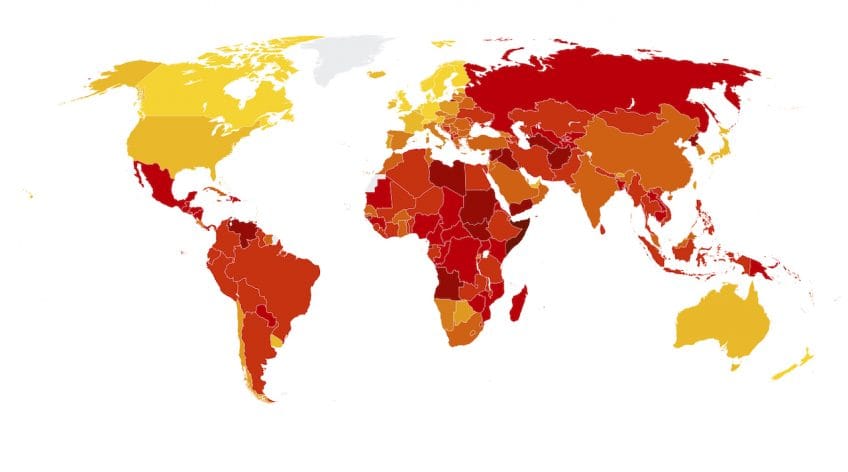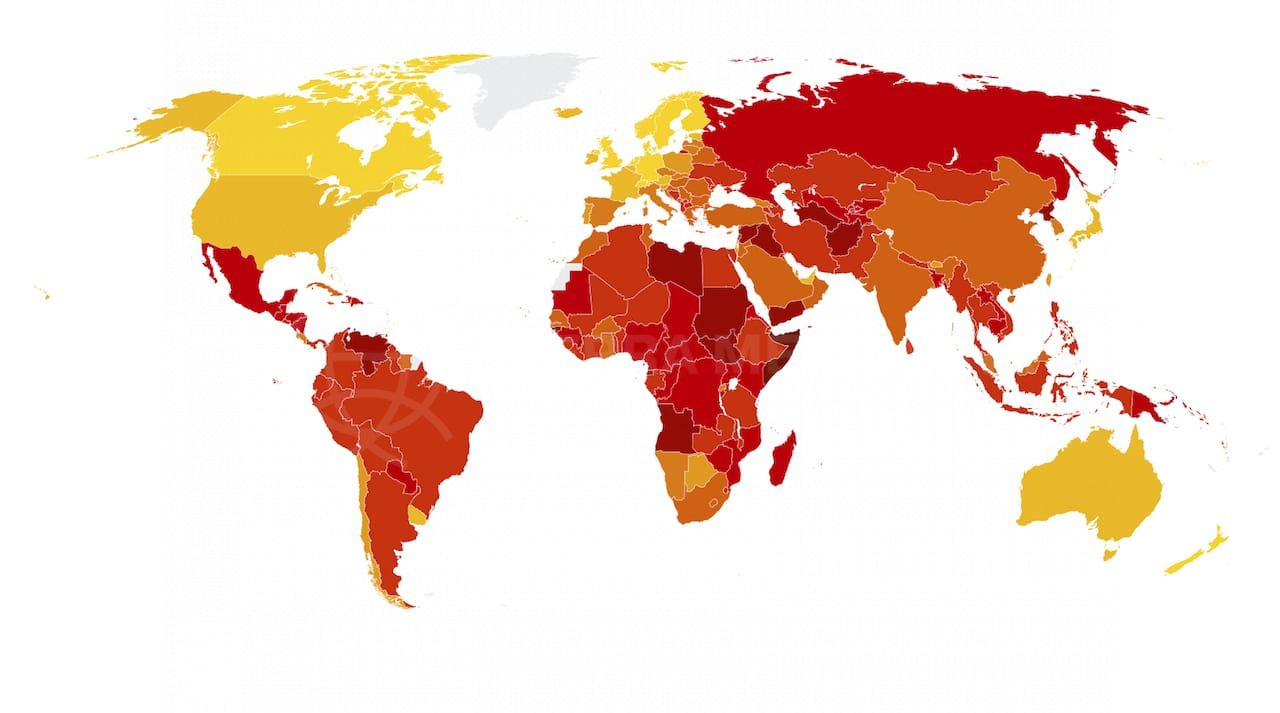
Property News
Spain’s sad lack of online property data
Buyers coming to Spain from the UK, and from other parts of Europe, may be surprised to find that there is a surprising lack of information available online. For example, the British HM Land Registry publishes data sets of prices paid for properties since 1995, transaction data since 2011 and a UK house price index going back to the mid-nineties. Additionally, there are sites like www.nethouseprices.com that will tell you the last sale price of any property in Church Road, Bristol, for example, in seconds.
A lack of transparent pricing data
However, although Spain’s land registry collects the same sets of information, you won’t be able to search for any of it via the Internet, either in a government site or via any private sources. This begs some important questions to be asked, such as how does anyone arrive at an accurate property valuation and what criteria do they base their valuations on?
Even the Nota Simple won’t tell you*. This document may contain the vendor’s details, a description of the property and the existence of any charges, embargoes or liens against it, but it won’t say anything about the price paid for the property at the last sale. And bucking the world trend of rewarding customers with lower prices online, in Spain if you request a nota simple online it will cost you €10 but only €3,65 if you request a paper copy in person from the Spanish Property registry! There is no cutting out the middleman in Spain. BTW it costs €29 + IVA to get a copy of the Nota Simple in English.
Why keep the records – because we know the Spanish registry does have them – and yet not make them available to property buyers and real estate agents? Part of the problem lies in the fact that historically in Spain there is little similarity between a listed price and the price actually paid, as much of it used to be ‘under the table’. Therefore, any historical data probably bears little relation to reality. Although this is hopefully a practice that is occurring less frequently than in the past, it does affect the accuracy of records going back a decade or more.
A tongue-in-cheek thought is that if Spain did put information online, what would the government do with all the ‘funcionarios’ (civil servants) who have jobs for life pushing bits of paper around and ensuring that the wheels of bureaucracy revolve as slowly as possible?
Spain needs to improve its transparency
However, if other countries can provide easy access to property sales information, why can’t Spain? It would add a new level of transparency to the market and make it more attractive to overseas buyers, because they would have less reason to wonder if the price they are paying for their Spanish home is commensurate with market values and with what the previous owners have paid. Many foreign buyers, particularly those from highly organised regions such as Germany, the Netherlands and Scandinavia, are not aware of these limitations and blame estate agents for what they perceive to be a lack of professional know-how.
In reality, Spain’s property professionals are more frustrated with this situation than anyone, as it makes their work so much more difficult than that of their colleagues in other European countries or in the USA, where the online property value reference Zillow has become an integral part of the real estate market. It is only once Spain releases accurate information that also includes specific breakdowns of its costas that the country will finally join the league of professional international property markets. Let’s hope that day isn’t too far distant.
- Tip! You can find out how much was paid for a property indirectly by looking into the “afección fiscal” that appears every time Transfer Tax or Stamp duty is paid. As the entry describing the afección fiscal tells the amount of tax paid, with some calculation you can deduce the price from this amount.
By Adam Neale | Property News | August 2nd, 2018
Related Posts


